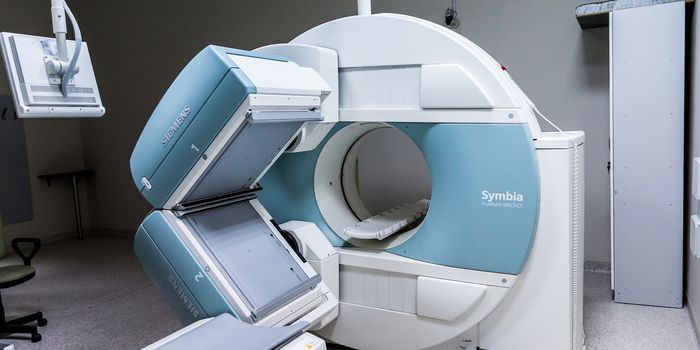Using Sweat to Diagnose Disease
There are a variety of wearable health monitors, such as smartwatches and blood glucose monitors. Scientists have now developed a small, 3D printed monitor that can measure the levels of various molecules that are released with sweat during exercise. In this proof-of-concept study, researchers were able to accurately measure lactate, glucose, uric acid, and sweat rate. This latest sweat-based health monitor might be one of a variety of devices that could be used to diagnose disorders like diabetes, or gout, or heart disease. The work has been reported in ACS Sensors.
The scientists turned to 3D printing so that the device they made can be manufactured in only one step. They applied enzymes and single-atom catalysts to boost the signal and detect even low levels of the molecules in sweat. The sensor uses color changes as a readout for assessing the levels of those molecules.
"It's novel to use single-atom catalysts to enhance the sensitivity and accuracy of the health monitor," noted co-corresponding study author Annie Du, a research professor at Washington State University (WSU).
Previous studies have also shown that sweat can be used to detect different biomolecules that can indicate the presence of a health condition. But many of those monitors need special equipment and are expensive to create. This method is cheaper, noninvasive, and can take less time than blood tests to return results.
The monitor contains tiny, little channels where the measurements take place. The 3D printing fabrication method eliminates the possibility of contamination by supporting structures, because they are not needed, the researchers noted.
Uric acid levels in sweat can show whether gout, heart disease, or kidney disease might be a risk; glucose levels may indicate diabetes; lactate levels can be a marker of exercise intensity. But sweat rate can also be an indicator of how healthy people are, noted Kaiyan Qiu, Berry Assistant Professor at WSU.
The study showed that when placed on volunteers' arms, the monitors could reliably and accurately measure biomarkers as well as standard lab tests did. The investigators also suggested that it may be possible to detect even more molecules, and the monitors can be customized. Now, they are working on improving the design and performing additional validation tests. A patent application has also been filed by WSU.
Sources: Washington State University, ACS Sensors









